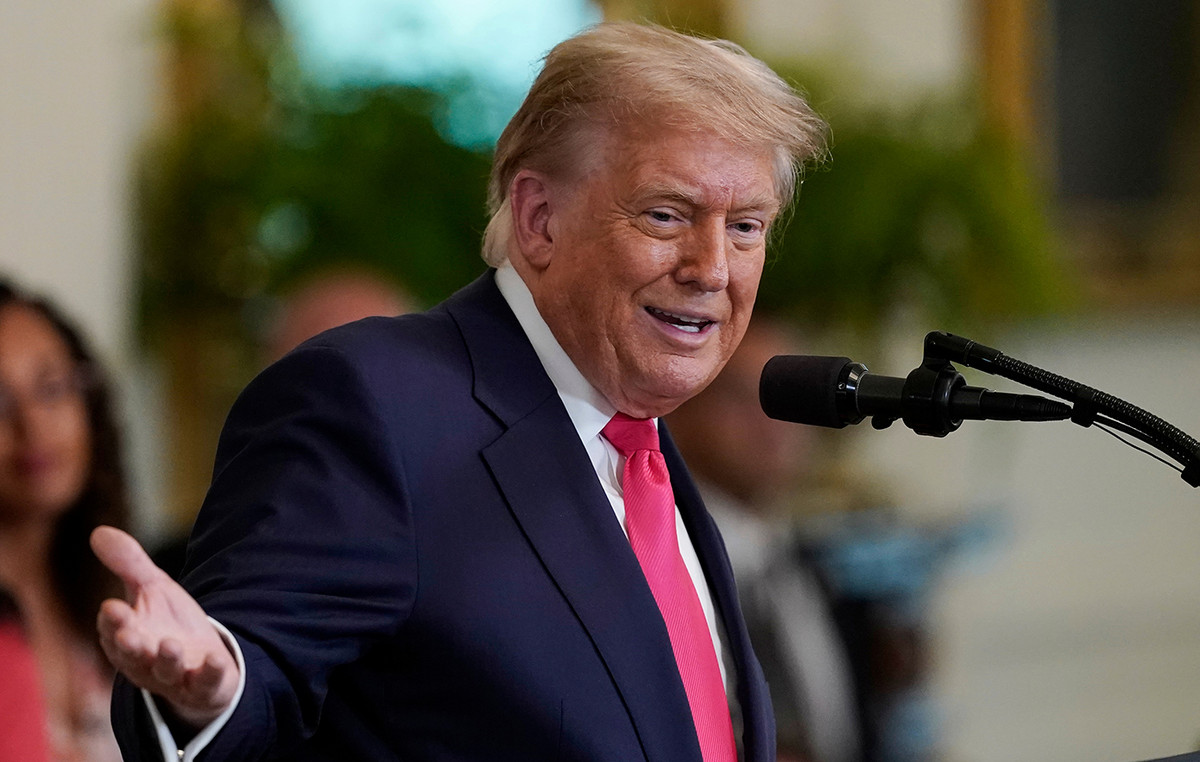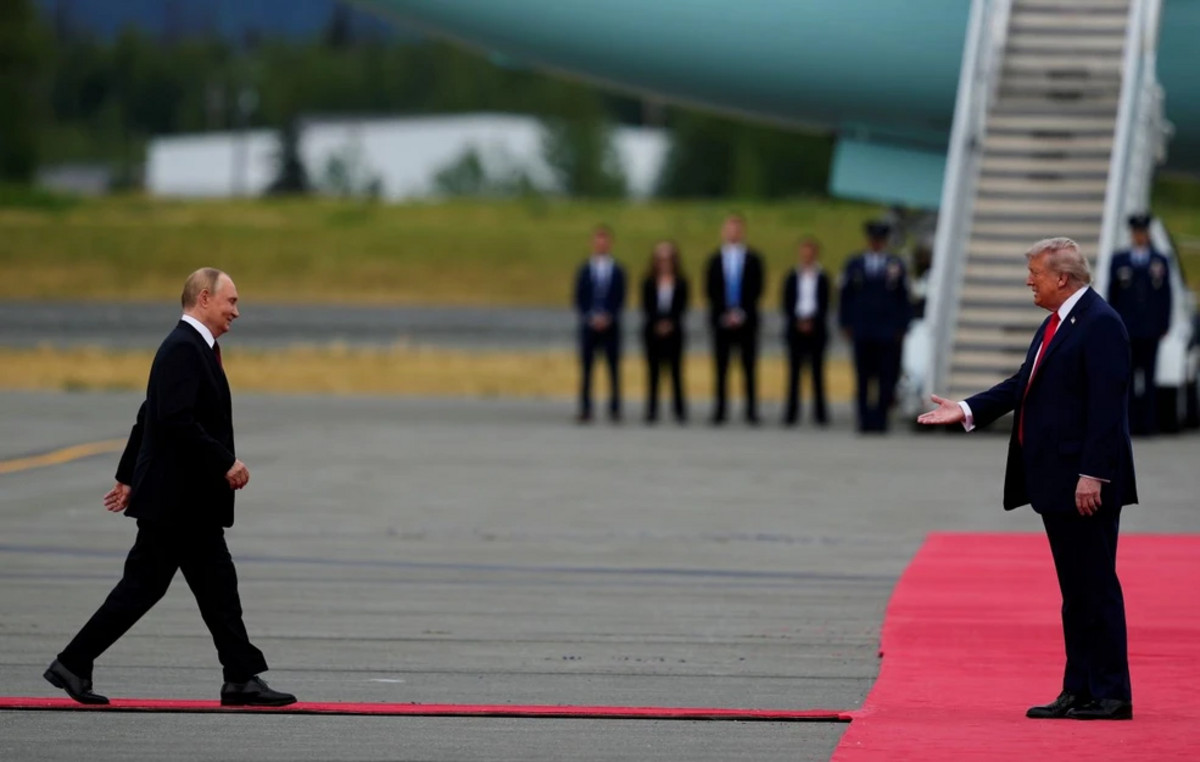He US Dollar falls for ninth consecutive day against Colombian Peso, bringing USD/COP to its lowest price since June 13 at 4,012.00. Before falling to this four-week low, the pair tested a daily high at 4,048.47.
USD/COP is trading at 4,016.26 at the time of writing, losing 0.80% on the day.
Rising inflation in Colombia continues to boost the Colombian peso
- Colombia’s inflation data released last Monday continues to boost the Colombian peso, as it could delay a new interest rate cut in the country. The CPI rose to 7.18% annually in June from 7.16% in May, its highest level in three months. In addition, the indicator worsened market expectations of a fall to 7.13%.
- Jerome Powell, the chairman of the US Federal Reserve, will appear before the US Congress for the second day in a row, after indicating yesterday that greater confidence in the reduction of inflation is still needed to begin cutting rates.
- Tomorrow Thursday, The United States will publish its June inflation figuresa figure that could generate high volatility in the US Dollar currency pairs.
US Dollar FAQs
The United States Dollar (USD) is the official currency of the United States of America, and the de facto currency of a significant number of other countries where it is in circulation alongside local banknotes. As of 2022, it is the most traded currency in the world, accounting for over 88% of all global foreign exchange transactions, equivalent to an average of $6.6 trillion in transactions per day. Following World War II, the USD took over from the British Pound as the world’s reserve currency.
The single most important factor influencing the value of the US dollar is monetary policy, which is determined by the Federal Reserve (Fed). The Fed has two mandates: to achieve price stability (control inflation) and to promote full employment. Its main tool for achieving these two goals is to adjust interest rates. When prices rise too quickly and inflation exceeds the Fed’s 2% target, the Fed raises rates, which helps the dollar. When inflation falls below 2% or the unemployment rate is too high, the Fed can lower interest rates, which weighs on the dollar.
In extreme situations, the Federal Reserve can also print more dollars and enact quantitative easing (QE). QE is the process by which the Fed substantially increases the flow of credit in a jammed financial system. It is an unconventional policy measure used when credit has dried up because banks are not lending to each other (for fear of counterparty default). It is a last resort when simply lowering interest rates is unlikely to achieve the necessary result. It was the Fed’s weapon of choice to combat the credit crunch that occurred during the Great Financial Crisis of 2008. It involves the Fed printing more dollars and using them to buy US government bonds, primarily from financial institutions. QE typically leads to a weakening of the US dollar.
Quantitative tightening (QT) is the reverse process whereby the Federal Reserve stops buying bonds from financial institutions and does not reinvest the principal of maturing securities in new purchases. It is generally positive for the US dollar.
Source: Fx Street
I am Joshua Winder, a senior-level journalist and editor at World Stock Market. I specialize in covering news related to the stock market and economic trends. With more than 8 years of experience in this field, I have become an expert in financial reporting.







